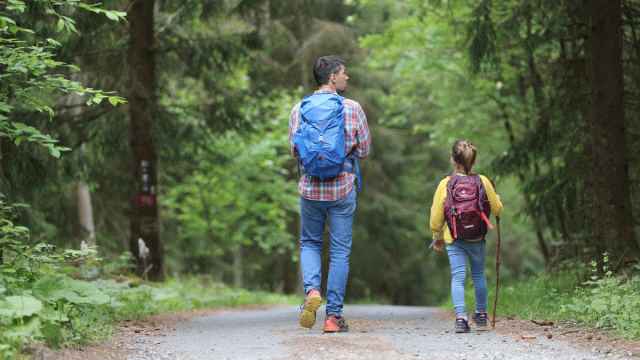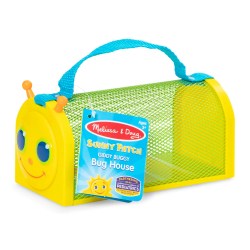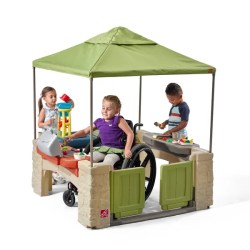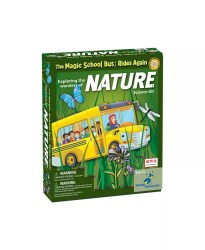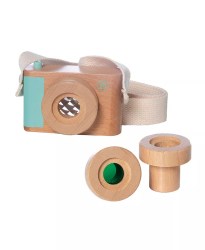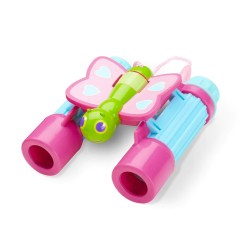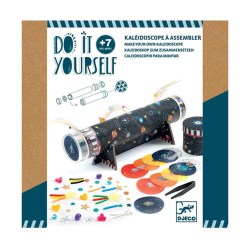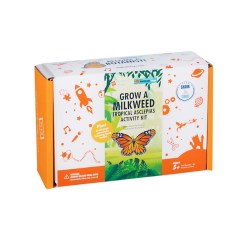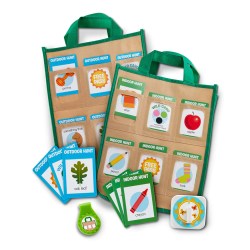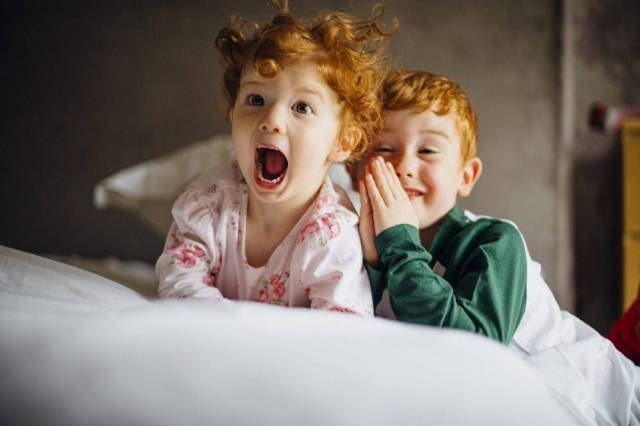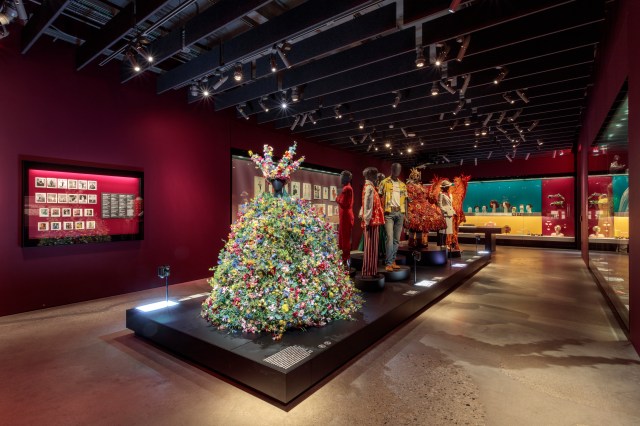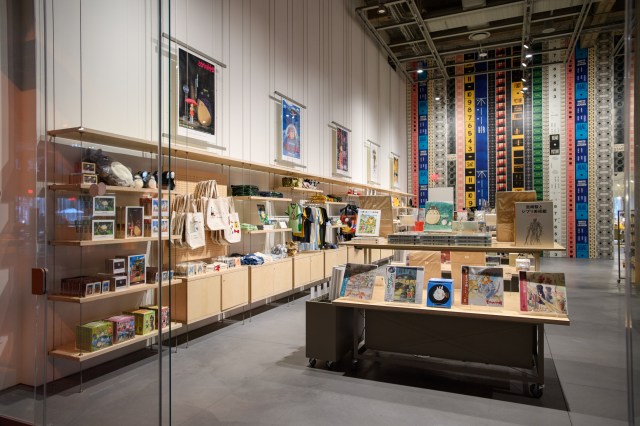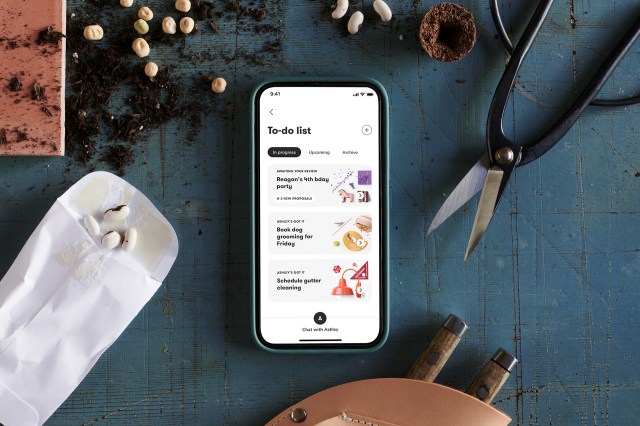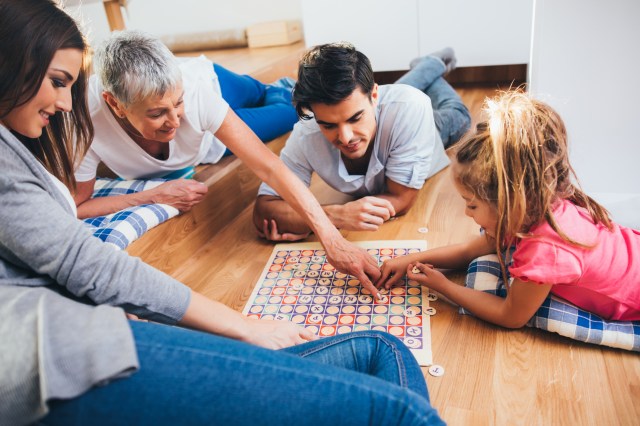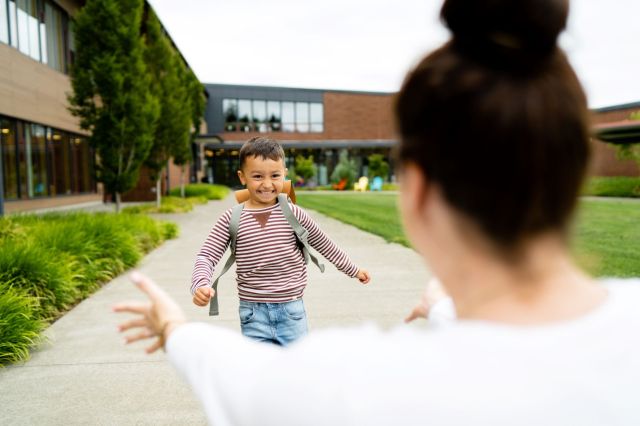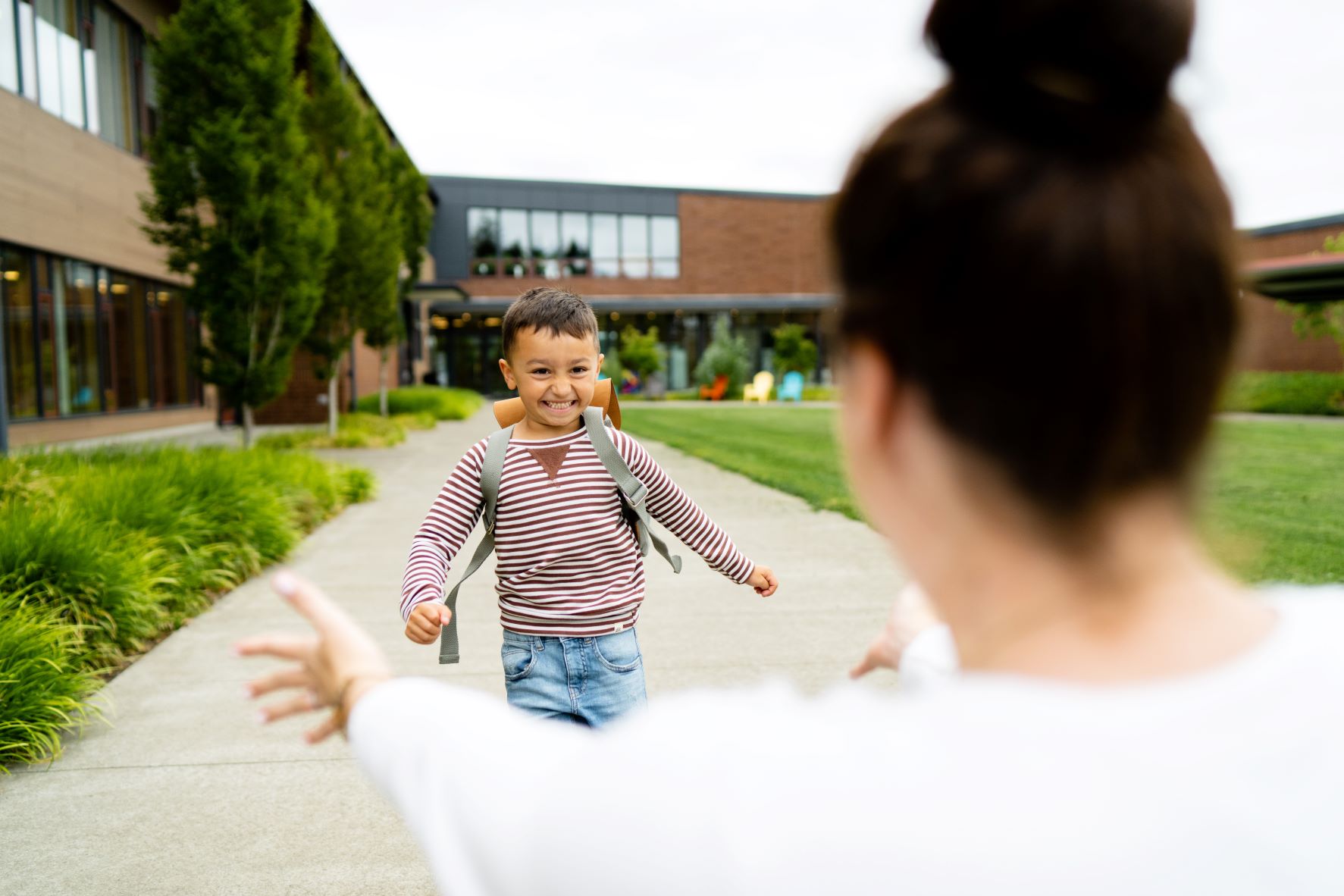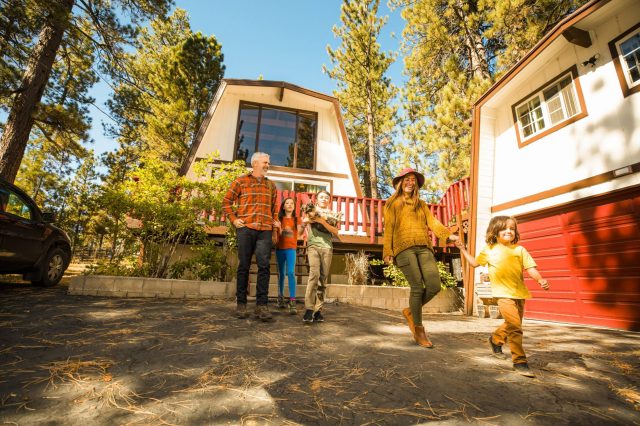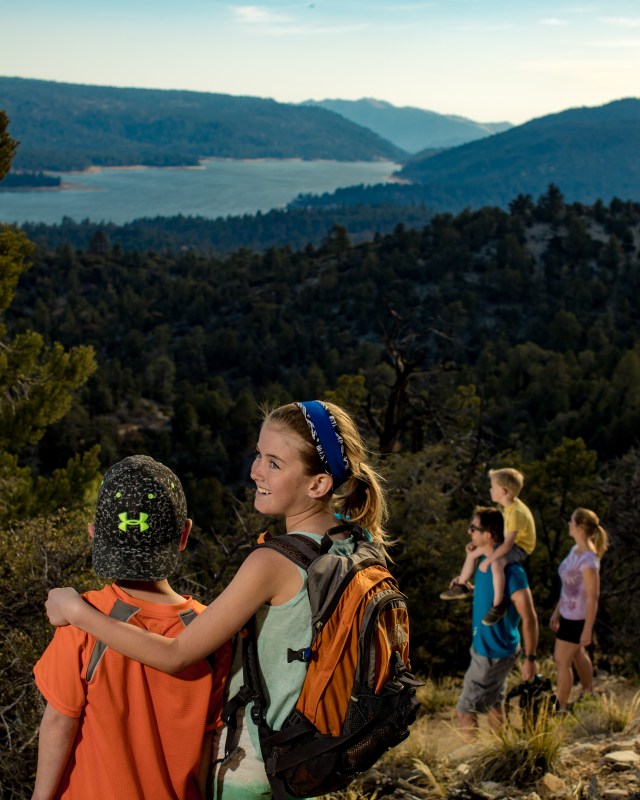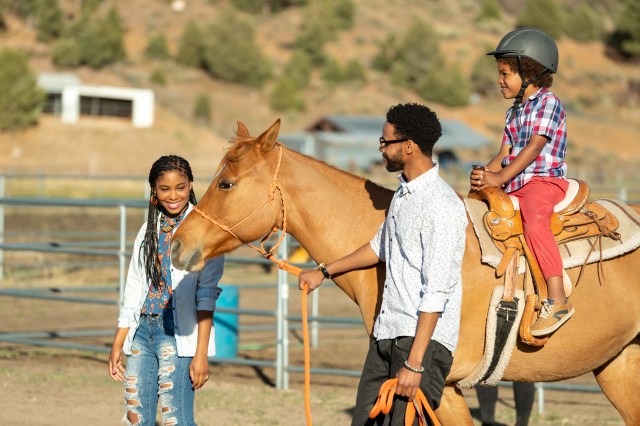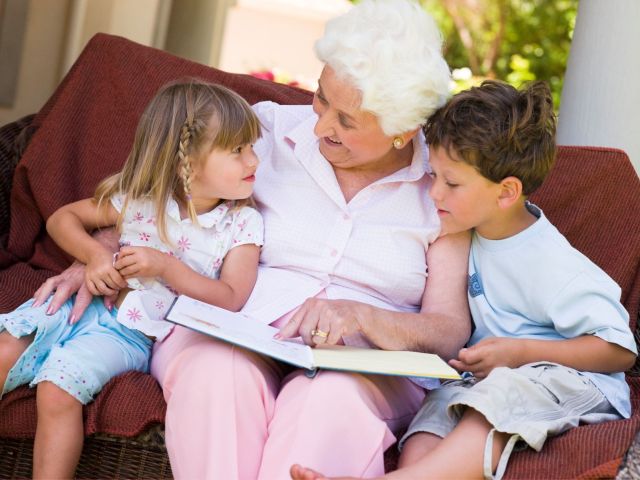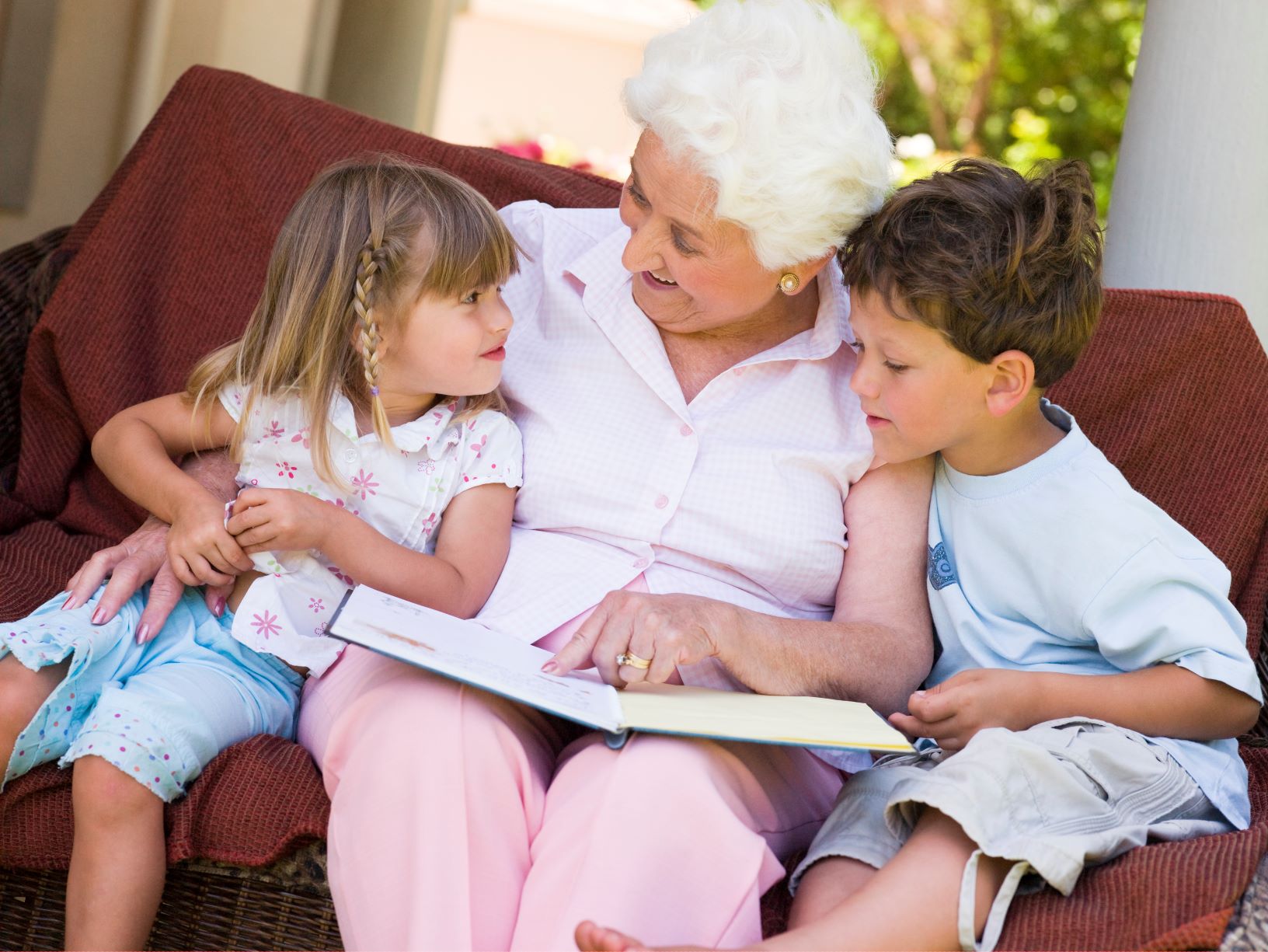We promise you can put these into practice even when you have zero energy
If there’s one thing that’s true about being a parent, it’s that there will always be seasons of chaos—and exhaustion and tantrums and monotony and all kinds of other things that can make you feel disconnected from your partner. If you’re looking for a way to reinforce that bond, despite all the barriers of everyday life, Vanessa Marin, a sex therapist on TikTok, has some easy tips that you’ll want to try ASAP.
In one of her videos, Marin offers four ways parents can reconnect with their partner, even when they’re totally worn out from the daily rigors of raising a new generation of humans.
@vanessaandxander As life brings seasons of chaos and inconsistency, it’s easy to let our relationships fall to the bottom of our priority list. The simplest acts can make the biggest difference! #connection #longtermrelationships #communication #ignitethespark #feelingloved #intimacy #creatememories #trysomethingnew #phonefree Tips for couples Feeling connected Relationship and Marriage 101
“Here are four simple things you can do to feel more connected to your partner,” she begins her video. “I’ll give you a little two-for-one with the first tip.”
The first tip is this: a six-second kiss or a 30-second hug, your choice.
“Non-sexual physical intimacy can be a game-changer, especially when you’re feeling disconnected, and research has shown that these two forms are especially effective.”
The second tip?
“Do something new together,” she says. “Our brains light up when we do new things and it creates that sense of closeness and bonding with our partner. It doesn’t need to be anything complicated, either. Go to a new park or a new coffee shop that you’ve never been to.”
Brace yourselves for this next tip: phone-free time.
“Let’s be honest,” Marin says. “Our phones are addicting and distracting.” Truth.
She concludes her video, “And finally, reminisce. Talk about some of your favorite memories together. Your first date, your engagement, your wedding. When life gets busy, it’s so easy to forget about those special moments that helped us feel connected in the first place.”
There you have it! Even after a long day chasing after kids, these practices are totally doable—and worth it.






